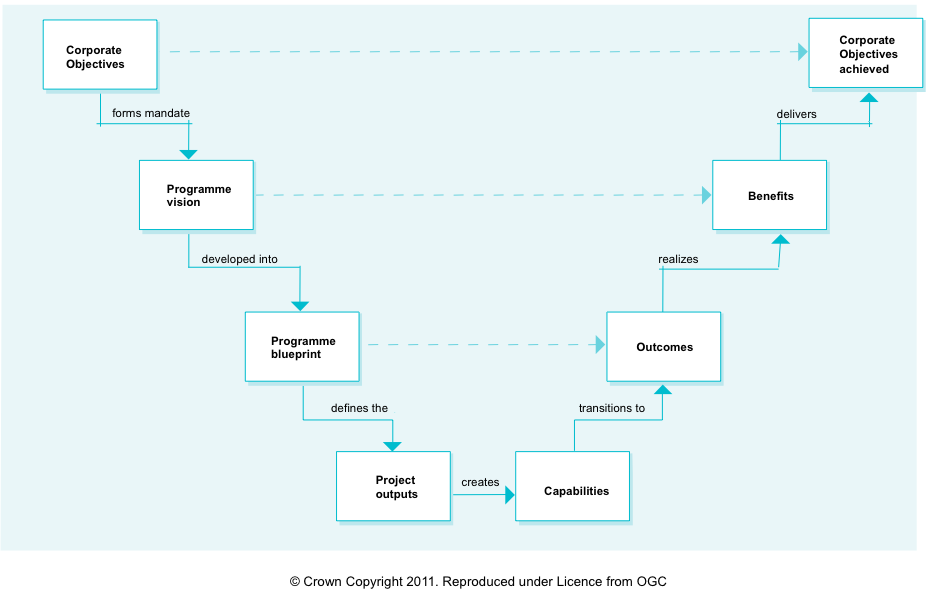With SalesForce recently implemented as CRM solution in the organization, I have seen the two major teams complaining about the situation:
- Business department (sales), argues that the solution itself is not useful, and that it does not cover all sales needs of the sales people.
- IT organization, argues that the capabilities that exist in the solution are not being used, and hence, it does not make sense to continue evolving the tool if the tool is not being used.
…And then the game starts…
The bottom line is that SalesForce itself is a powerful solution that includes a lot of best practices that SalesForce team has been learning for years. This is the reason it has become a standard in so many organizations. The basis solution requires a good configuration and initial adaptation of the solution for a given organization. Doing this well, the basic solution should be enough for the organization to operate.
Thanks to Force.com, you can customize the tool and improve some of the functionalities and capabilities that the tool offers to the end user.
You can create specific dashboards, reports, background processes, etc. All this is “nice to have”, but in a bare bones organization (which is the case here), we have to discover first what the key priorities we have to attend are. If we do a list of desired capabilities, what are the “critical” ones and what are the “nice to have”?
First, we need the involvement of management teams in different aspects of the sales processes. What can business/management team and its individuals do? Too many things, some of them could be:
- Use the CRM solution: ask for actions to the sales representatives, ask if they need their support on a key commercial action.
- Determine that the CRM is the only source of trust in the sales process: all has to be there: reports, actions, planned visits, contacts information, relationship we have with them.
- Use the reports: do they reflect what they need? Do these reports help them to fulfill their sales goals?
- They have the tool and the data, they have to use them to turn this data into information that once that they in their minds, they will be able to think beyond.
- Understand what, how and what the CRM solution does and understand what they really need.
Second, we need the role of Business Change Manager (BCM). This can be a full time person or a partial time person with this responsibility on top of his/her duties. The second option is the more frequent alternative.
When CRM is implemented, it is expected that the solution deliver some outcomes. These outcomes are translated to capabilities for the organization; we have to ensure that these capabilities are translated into real benefits for the organization.
During the implementation of the CRM solution, the project team starts to realize the benefits of the solution, but once the project is closed, the project team disappears and the role of BCM is key to continue realizing and measuring that the benefits are realized.
 I’m sure that the implemented CRM you have has so much capabilities that are not used by sales and that they should be used to improve the sales cycles. Again, sales leadership team is the organization with authority to change the situation.
I’m sure that the implemented CRM you have has so much capabilities that are not used by sales and that they should be used to improve the sales cycles. Again, sales leadership team is the organization with authority to change the situation.
Third, once the CRM solution is implemented, new needs appear, they are detected by users, and they have to be managed by the BMC. There will be so many needs, and we have to define the way to manage them: what are critical, nice to have…
Fourth, competitive intelligence (CI) team has to interact with the CRM tool. They analyze the market, define areas of improvement by regions, by division, etc. These analysis needs to be followed by actions from the sales teams. The interactions of sales and CI team is key to push the achievement of new customers and new opportunities.
This case has some specific actions that are related to the specific situation of the customer, but they can be moved to other organizations.